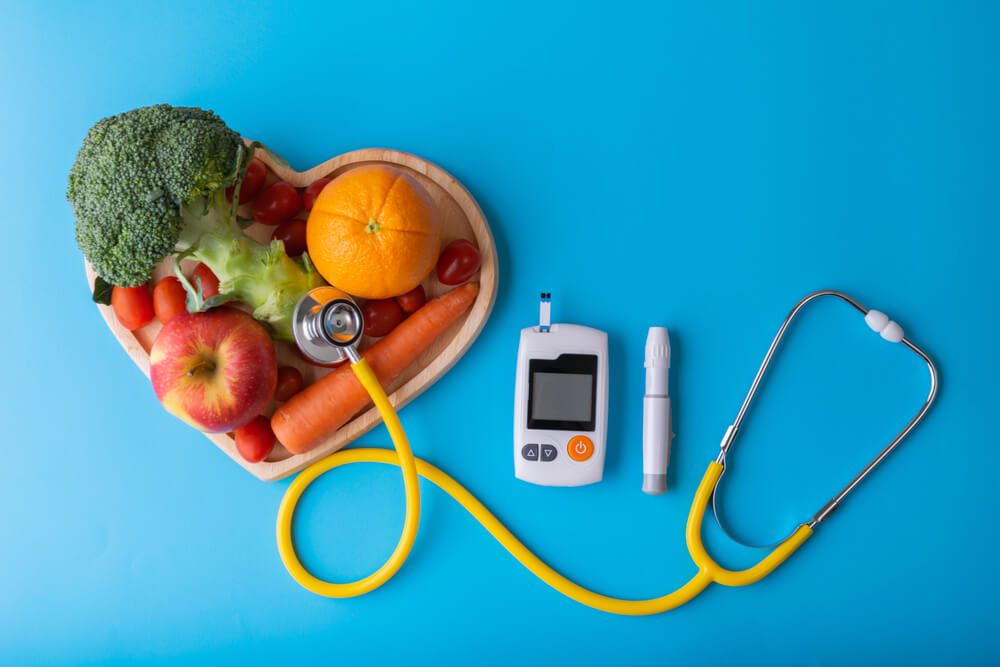
Everything you need to know about lactose intolerance
What is Lactose? Lactose, the sugar found in dairy products, is digested by the lactase enzyme. Lactase is produced in the


With our easy-to-use at-home test kits, get conclusive answers about paternity, grandparentage, and other family relationships from the comfort of your living room.

What is Lactose? Lactose, the sugar found in dairy products, is digested by the lactase enzyme. Lactase is produced in the

Vitamins and minerals are considered essential micronutrients. They work together to perform hundreds of roles in the body and are

Type 1 diabetes is an auto-immune condition where the body attacks the beta cells in the pancreas that make insulin. The
